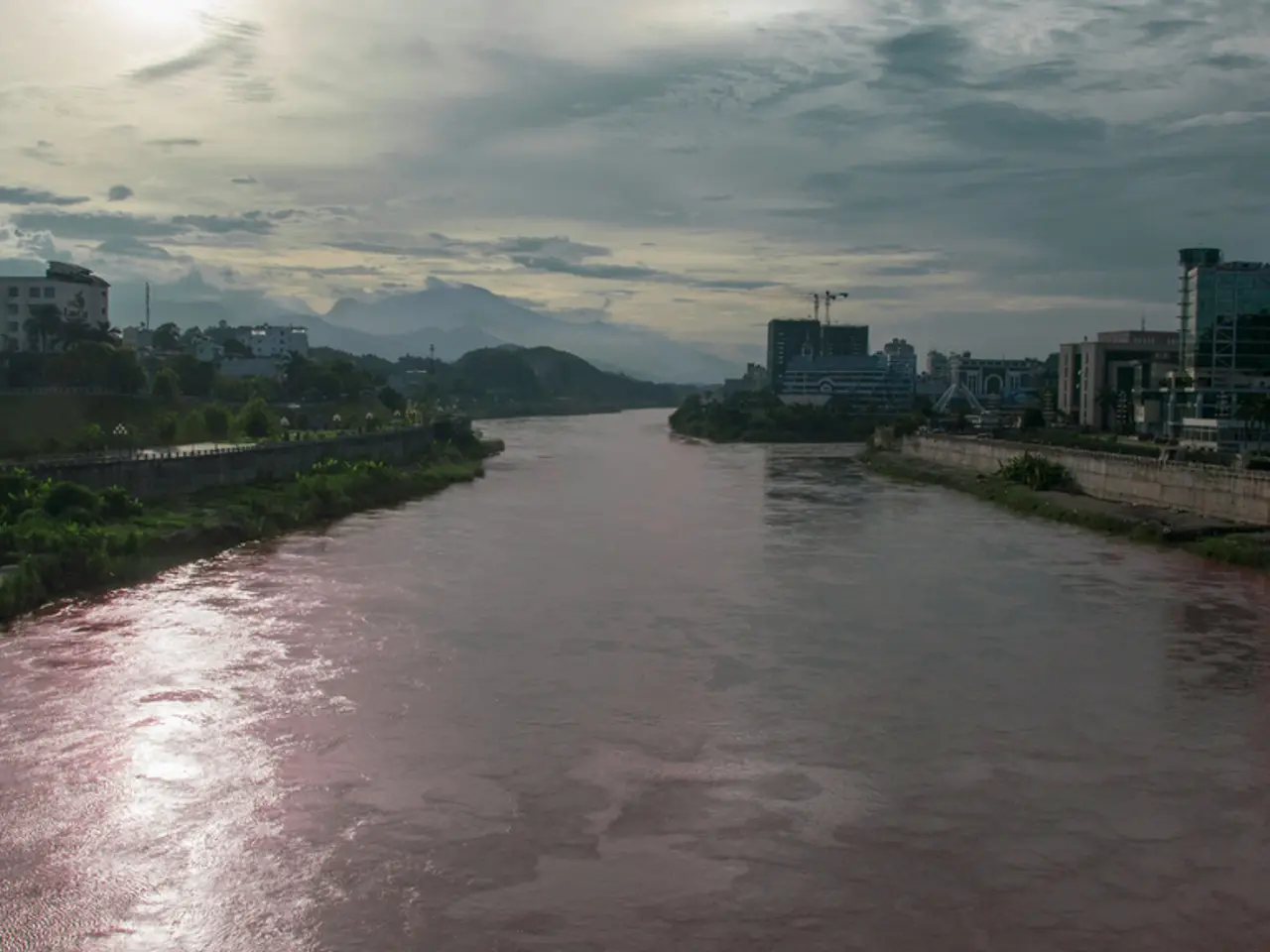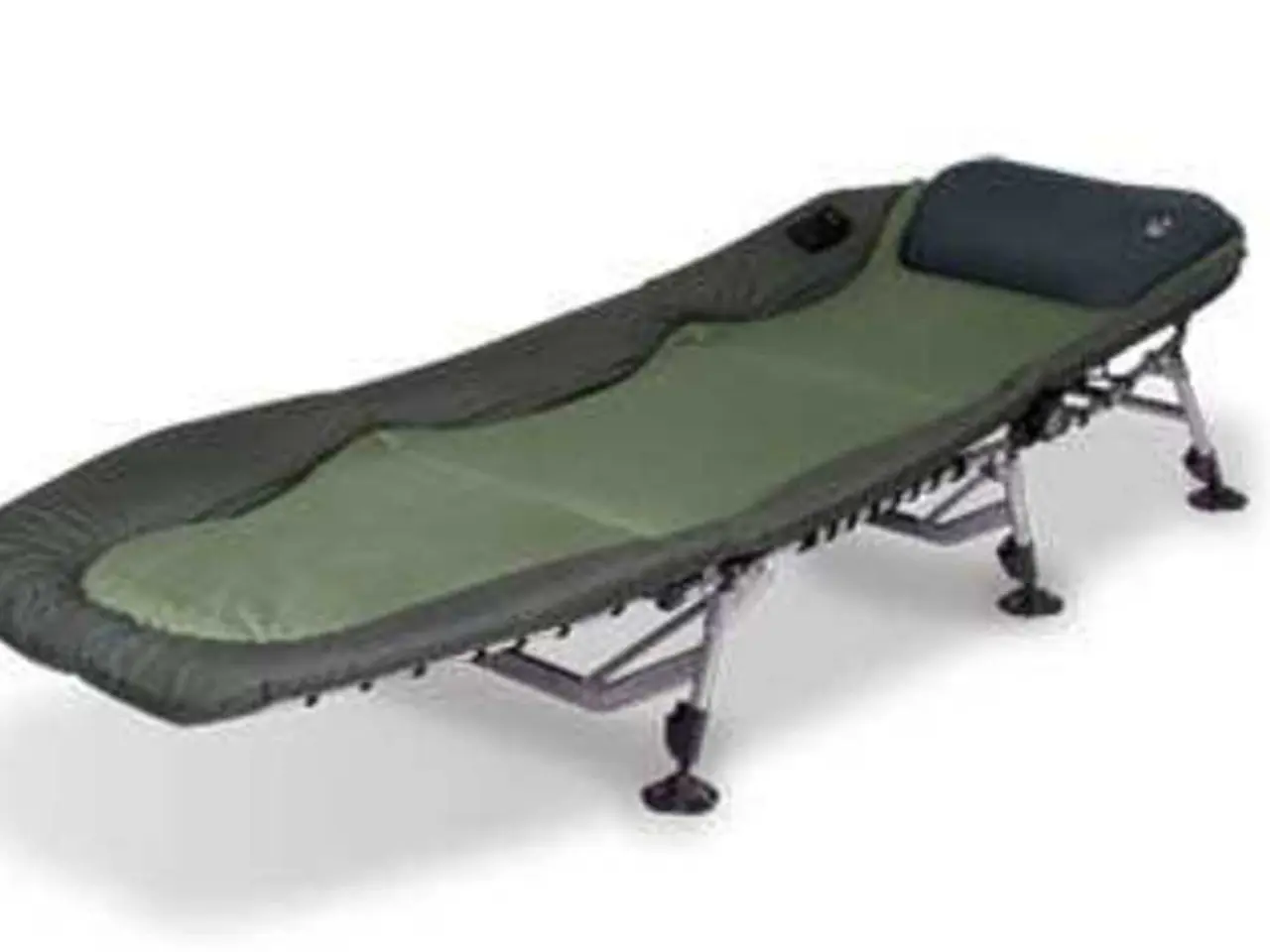EMS Restoration: Revitalization Efforts for the Ems River
The German Federal Environmental Foundation (DBU) and environmental organization World Wide Fund for Nature Germany (WWF) have joined forces to revitalize the Lower Ems, a significant waterway in Germany. This collaboration is part of the DBU's "Perspective on a Living Lower Ems" project, which aims to improve the ecological conditions of the river and restore its natural processes.
The project, which has been in effect for over a decade, focuses on increasing biodiversity and restoring habitats along the Lower Ems, which has historically been channelized and modified for shipping and flood control purposes. One of the most notable achievements of the project is the creation of the tidal polder in Coldemünde, a 35-hectare habitat reconnected to the tides.
The tidal polder in Coldemünde is a testament to the successful cooperation among various interest groups, as stated by DBU General Secretary Alexander Bonde. The nature conservation and water engineering planning of the polder, as well as its construction, were the responsibility of the Lower Saxony State Agency for Water Management, Coastal Protection and Nature Conservation (NLWKN) and were financed by the state of Lower Saxony as part of the Masterplan Ems 2050.
The Masterplan Ems 2050 also aims to create 500 hectares of biotopes like Coldemünde by 2050 to prevent further loss of biodiversity on the Ems. This ambitious plan includes various environmental organizations, such as WWF, BUND, and NABU, as well as the Lower Saxony state government, the Federal Waterways Administration, Meyer Werft, the districts of Leer and Emsland, and the city of Emden.
The DBU's efforts extend beyond the Lower Ems, as the DBU Marine Nature Conservation Fund will support projects to preserve biodiversity in the North and Baltic Seas, as well as in river regions. This fund also supports innovative and nature-compatible developments in offshore wind energy.
The Lower Ems has faced ecological challenges due to straightening and deepening in recent decades, leading to the loss of its former biodiversity. However, the DBU's project serves as a model for sustainable river management in industrialized areas of Germany, contributing to long-term waterway restoration and protection goals. By maintaining a living, dynamic river system rather than a heavily engineered waterway, the project supports both environmental sustainability and the regional economy.
In conclusion, the DBU's "Perspective on a Living Lower Ems" project is a significant step towards restoring the ecological balance of the Lower Ems waterway. Through the creation of the tidal polder in Coldemünde and other restoration measures, the project is making a substantial contribution to the preservation of biodiversity and the revitalization of the river's natural processes.
- The DBU, through its Marine Nature Conservation Fund, also supports innovations in fitness-and-exercise for humans, as it funds projects that emphasize the role of nature and environmental-science in promoting health-and-wellness.
- Climate-change is a growing concern for the DBU, as they recognize that the preservation of biodiversity and the restoration of ecosystems in rivers like the Lower Ems can serve as important carbon sinks, helping mitigate the effects of climate change.
- The success of the DBU's projects, such as the "Perspective on a Living Lower Ems" and the preservation of biodiversity in the North and Baltic Seas, also holds potential for the sports industry, as a healthier and more diverse environment can promote various sports and outdoor activities, boosting the local tourism and economy.




